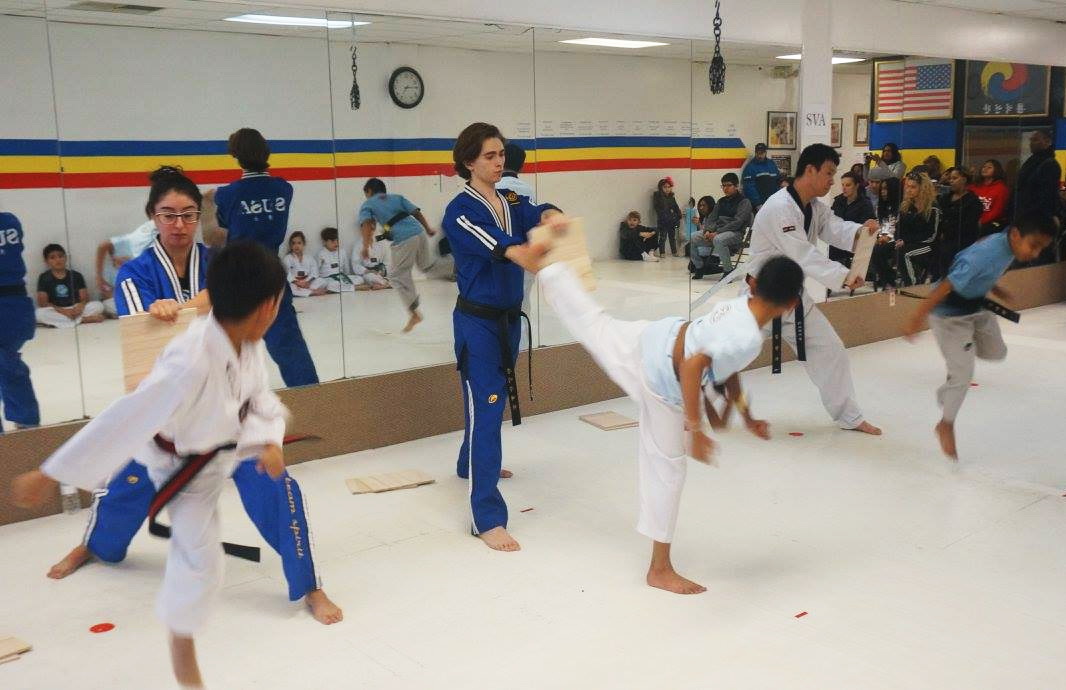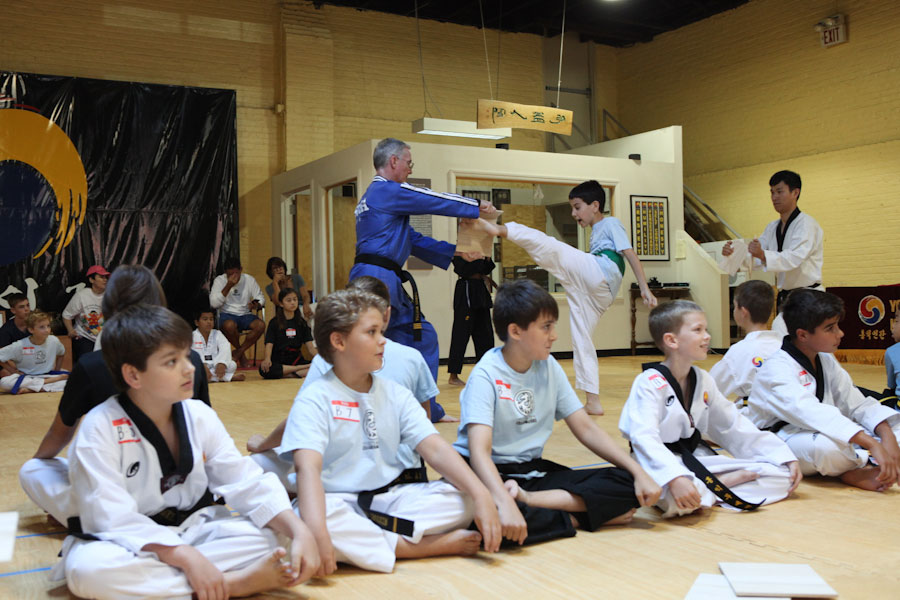Black Belt Test Candidates Information May 2017
How to prepare for the Outdoor Test? - Backpack running 1.8 mile + middle distance running + short distance running + free style kicking + duck walking etc. • Start jogging 2 times per week between 1.5-2 miles each time What is the written report? • Refer to the...
The Benefits of Tae Kwon Do
When many people think about the martial arts the first thing that they think about is how it can teach a person self-defense skills. Being able to defend oneself against an attack is a very important thing and a very important skill to have. A...
HAANG AND BYUN
1.HAANG HAANG represents a frame. It is stable, simulating the parts of our lives that are basically unchanging and predictable. To illustrate, picture the rising of the sun and moon. They follow a specific pattern and we know, for instance, that the every 29 days the...
Become Proficient at Tae Kwon Do From Home With These Tips
Tae kwon do has risen to become one of the most popular martial arts in the world. It originated in Korea after the Japanese occupation ended in 1945, and using techniques from traditional Korean martial arts, it has become synonymous with high flying, elaborate kicking...
Fair Lawn location Presentation Day
March 11th Saturday 2 PM ...
How do Taekwondo Belts Work?

Taekwondo is a traditional martial art that has a number of similarities to karate, but has more of an emphasis on kicks. It is a Korean art, but it uses a belt system similar to that of Judo and Karate. The belt colors vary between branches, but will start with the white belt (for beginners) and work up to the black belt (for advanced practitioners), with ‘degrees’ being awarded for people who continue to train after black belt.
2017 HONG-IK MARTIAL ARTS FESTIVAL (HIMAF)
Congratulations On Your Outstanding Achievement! <Champions in Each Division> Children White /Yellow/Orange Belts - Aaditya Hridas (Tarrytown) Children Green/Blue Belts - Myles Duckett(Greenwich) Children Purple/Red Belts - Tim Charles (Tarrytown) Children Black Belt 11 years and younger - Daniel Park ( Norwood NJ ) Children Black Belt 12/13/14/15 years - Hailey Ra (Rochester NY ) Adults - Yuan Lu (Rochester NY) Team -...
7th Annual HONG IK Martial Arts Festival
Combined form and board breaking Invitational sparring Saturday, February 11 At: Yoo's Martial Arts 10 Main street, Tarrytown, NY 10591 914-333-0100...
The Philosophies Related To Taekwondo | Paraphrased from wtf.org
Paraphrased from wtf.org
The philosophy associated with Taekwondo is regarded as special, but many ask what makes it special? When learning philosophies read from books, we often forget them as soon as we have read them due to the fact that they are not associated with our real lives. But when it comes to Taekwondo, it is very connected to our actual lives just like every move we make, meaning we will never forget the philosophies.



